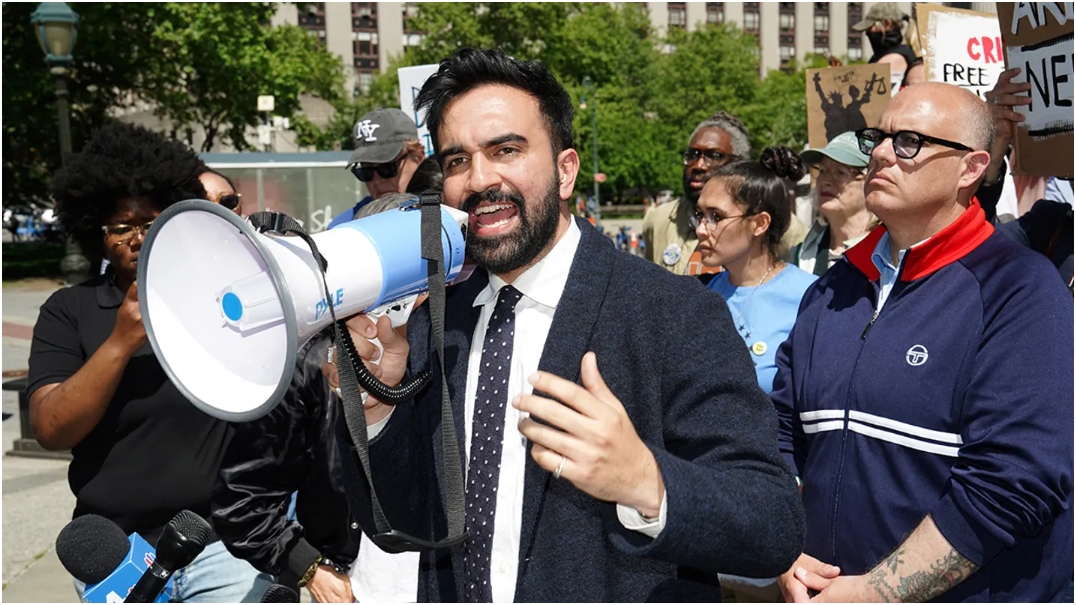AZ Supreme Court Agrees to Hear GOP Voter Fraud Suit
Charlie Kirk Staff
12/07/2020

The Arizona Supreme Court has agreed to hear an appeal filed by Arizona GOP chairwoman, Dr. Kelli Ward challenging the results in Maricopa County after a lower court dismissed her suit last week
KTAR reports:
Ward filed a notice of appeal with the state’s highest court late Friday.
The Supreme Court confirmed receipt of the case Monday and said it would decide the matter without oral argument.
The parties were ordered to file simultaneous briefs of no longer than 3,000 words and an appendix with their exhibits by noon Monday.
Last week, the Arizona Republicans were granted a review of 100 random ballots. The results? It showed a three percent average of tainted or invalid ballots.
In Arizona, it turns out that 3% of the votes cast in the 100 count vote sampling were tainted or worse. This would be, if carried forward, approximately 90,000 votes more than we would need to win the State. Now we were granted a much larger sample to work with. Wow!
— Donald J. Trump (@realDonaldTrump) December 2, 2020
President Trump reacted to the news of the tainted ballots on Twitter last week, writing, “In Arizona, it turns out that 3% of the votes cast in the 100 count vote sampling were tainted or worse. This would be, if carried forward, approximately 90,000 votes more than we would need to win the State. Now we were granted a much larger sample to work with. Wow!”
According to Dr. Ward, 2 percent of the ballots studied changed from Trump to Biden.
She told KTAR she would “go to the end to prove” that “President Trump won this election by a landslide in Arizona.
Unlike the Pennsylvania Supreme Court, it appears the highest court in AZ still has a desire to at least appear fair and objective based on its decision to take up this very important case.
 Member
Member













